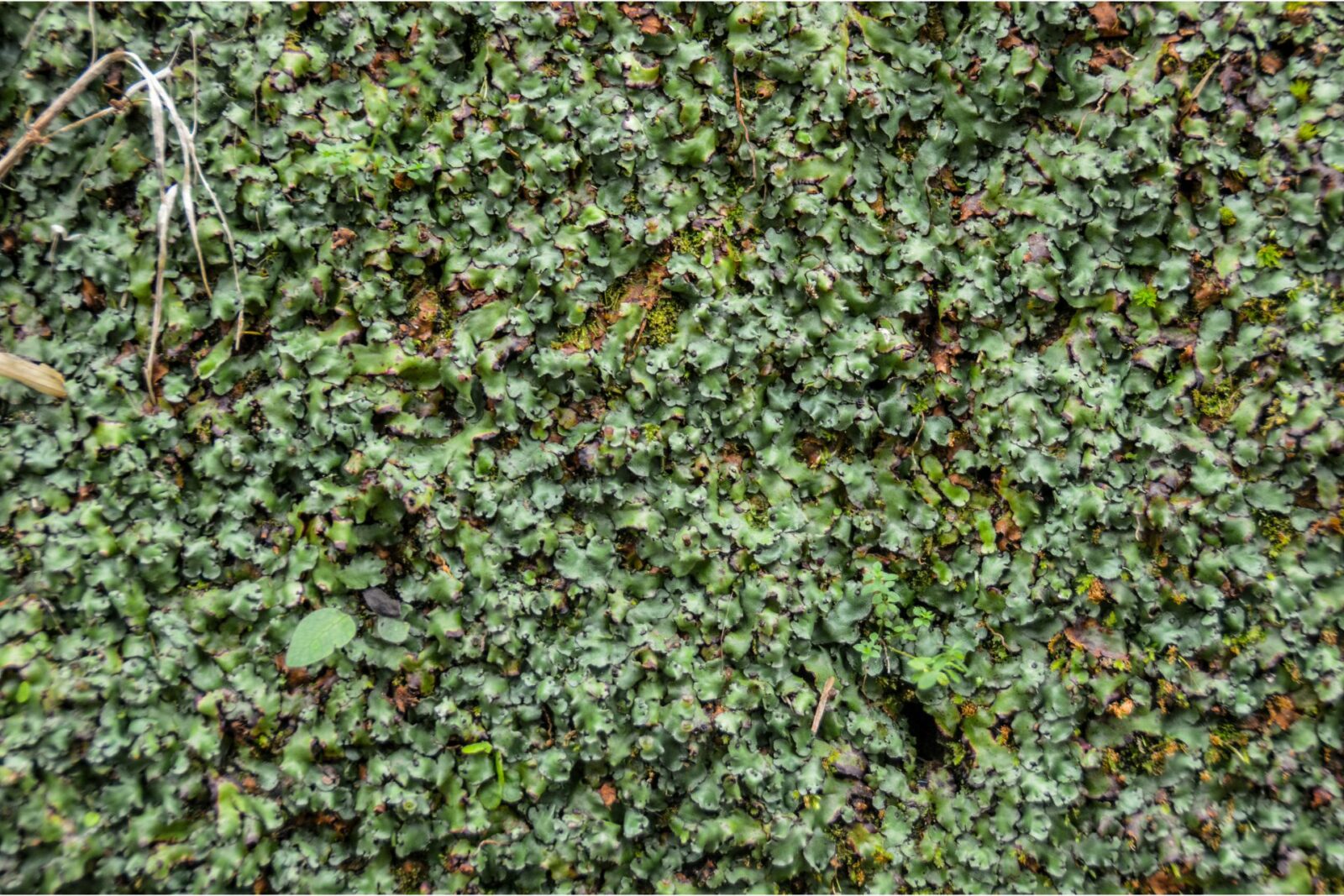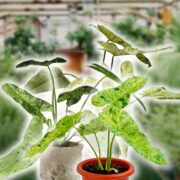Mosses are versatile, resilient, and add a unique, calming atmosphere to any room. In this comprehensive guide, we’ll share how to make a moss garden indoor, no green thumb required! So, let’s get started on your journey to creating a serene, natural haven in your home.
-
Choose the Perfect Location for Your Moss Garden
Finding the ideal spot for your moss garden is crucial for its success. Mosses typically thrive in low-light environments, making them perfect candidates for areas of your home that don’t receive direct sunlight. However, they still need some natural light to grow, so choose a location near a window with filtered or diffused light. Additionally, mosses prefer humid environments, so areas like bathrooms or kitchens can be excellent choices, provided there’s enough natural light.
-
Select Your Moss Varieties
There are over 12,000 species of moss worldwide, offering a wide range of textures, colors, and growth habits. When selecting mosses for your indoor garden, consider the following popular varieties known for their adaptability and visual appeal:
- Sheet moss (Hypnum sp.): This soft, carpet-like moss is perfect for creating a lush, green base in your garden.
- Cushion moss (Leucobryum sp.): Characterized by its rounded, cushion-like growth, this moss adds interesting texture and depth to your garden.
- Haircap moss (Polytrichum sp.): With its tall, spiky appearance, haircap moss provides height and structure to your garden design.
- Fern moss (Thuidium sp.): This delicate, fern-like moss creates a beautiful, intricate backdrop for your garden.
Remember, it’s essential to purchase your moss from reputable sources to avoid introducing pests or diseases into your home.
-
Gather Your Supplies
To create your indoor moss garden, you’ll need the following supplies:
- A container: Choose a shallow, wide container made of glass, ceramic, or plastic, with or without a lid, depending on your design preference.
- Horticultural charcoal: This helps filter and purify the water in your moss garden, preventing mold and unpleasant odors.
- Potting mix or peat moss: A moisture-retentive, well-draining base is crucial for your moss garden.
- Moss: Choose a variety of moss species to create visual interest and texture.
- Decorative elements (optional): Stones, driftwood, or miniature figurines can enhance the overall aesthetic of your moss garden.
- Spray bottle: A spray bottle is essential for maintaining proper moisture levels in your moss garden.
-
Assemble Your Moss Garden
Now that you have your supplies, it’s time to create your indoor moss garden. Follow these steps to assemble your garden:
- Prepare the container: Ensure your chosen container is clean and dry before starting.
- Create a drainage layer: Add a 1-inch layer of horticultural charcoal to the bottom of your container. This layer helps improve drainage and keeps the moss garden fresh.
- Add potting mix or peat moss: Place a 2-3 inch layer of potting mix or peat moss on top of the charcoal, ensuring it’s moist but not overly wet. The potting mix should feel like a damp sponge when you squeeze it.
- Arrange your moss: Remove your moss from its packaging and gently tease apart the pieces. Place the moss on the potting mix, arranging different species and textures to create an appealing design. Press the moss firmly into the potting mix to establish good contact with the soil.
- Add decorative elements (optional): Incorporate stones, driftwood, or miniature figurines to create a unique, personalized look for your moss garden. Arrange these elements in a way that complements your moss design and adds visual interest.
-
Care for Your Indoor Moss Garden
Moss gardens are relatively low-maintenance, but they do require some attention to ensure they thrive. Follow these care tips to keep your indoor moss garden healthy and vibrant:
- Watering: Mosses need consistent moisture to thrive. Use a spray bottle to mist your moss garden daily, or as needed, to maintain even moisture. Be careful not to overwater, as this can lead to mold or rot issues.
- Light: While mosses are well-suited to low-light environments, they still need some indirect light to grow. Keep your moss garden near a window with filtered or diffused light to ensure it receives the right amount of light.
- Humidity: Mosses love humidity, so try to maintain a humid environment for your garden. If your home’s humidity levels are low, consider placing a tray of water near the moss garden or using a humidifier to increase moisture in the air.
- Grooming: Occasionally, you may need to trim any overgrown moss or remove dead or decaying parts to maintain the appearance and health of your garden.
-
Customize and Expand Your Moss Garden
As you become more comfortable caring for your moss garden, you may want to experiment with different moss species or expand your garden to other areas of your home. Here are some ideas to inspire your creativity:
- Terrariums: Create mini moss gardens in glass terrariums, perfect for tabletops or hanging displays.
- Moss walls: If you’re feeling particularly adventurous, consider installing a moss wall or framed moss art for a bold, eye-catching statement.
- Combine moss with other plants: Introduce small, shade-loving plants, such as ferns or air plants, into your moss garden for added visual interest and variety.
- Themed gardens: Design your moss garden around specific themes, such as a fairy garden, a Zen garden, or a woodland scene.
Conclusion
Creating an indoor moss garden is an enjoyable, low-maintenance way to bring the beauty of nature into your home. By following the steps outlined in this guide and experimenting with different moss species and designs, you’ll soon have a lush, thriving garden that adds a touch of serenity and natural charm to your living space. So, let your imagination run wild and embrace the enchanting world of moss gardening. Happy moss-scaping!








